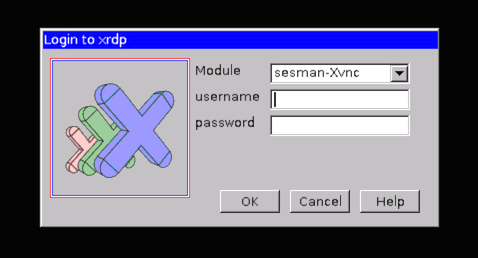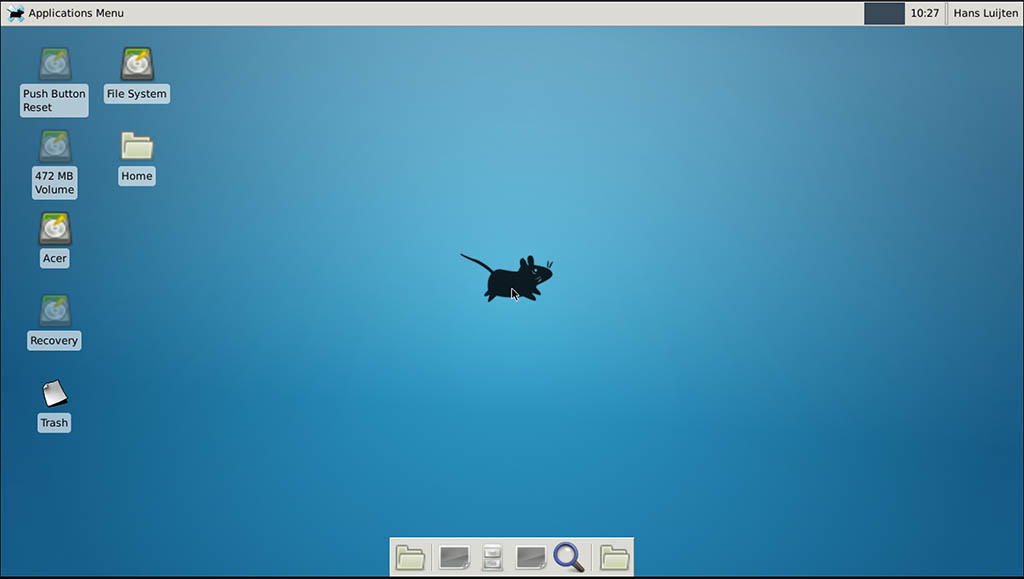Desktop Manager
Since the current desktop manager of Ubuntu (Unity
which runs on Gnome) no longer seems to work with xRDP, an alternative desktop
manager needs to be installed.
I tried OpenBox, but wasn’t very impressed by the
amount of work needed to get a reasonable desktop.
We will use another desktop manager
that has been around for quite a long time is XFCE, which is lightweight and fast.
Note : A light weight desktop manager helps making a remote
desktop connection much more enjoyable.
Installing xRDP and XFCE
Installing xRDP and XFCE is pretty easy, once you
know what to do …
Just make sure you have an Internet connection
before you start.
Step 1 – Install xRDP
We will use sudo and apt-get to update your system
and install xRDP. Keep in mind that sudo will ask for your admin password.
|
1
2
|
sudo apt-get update
sudo apt-get install xrdp
|
Step 2 – Install XFCE4
Again we will use sudo and apt-get:
|
1
|
sudo apt-get install xfce4
|
Step 3 – Configure xRDP
In this step we modify 2 files to make sure xRDP
uses xfce4.
First we need to create or edit our .xsession file in
our home directory.
We can either use nano or simply redirect an echo
statement (easier):
|
1
|
echo xfce4-session >~/.xsession
|
The second file we need to edit is the startup file
for xRDP, so it will start xfce4.
|
1
|
nano /etc/xrdp/startwm.sh
|
The content should look like this (pay attention to
the last line):
|
1
2
3
4
5
6
7
8
|
#!/bin/sh
if [ -r /etc/default/locale ]; then
. /etc/default/locale
export LANG LANGUAGE
fi
startxfce4
|
Step 4 – Restart xRDP
To make all these changes effective, restart xRDP as
such:
|
1
|
sudo service xrdp
restart
|
Testing your xRDP connection
On the computer that will remotely control your
Ubuntu machine, start you RDP client.
Windows comes standard with a Remote Desktop client
(mstsc.exe –
you can start it from a command prompt, or find the shortcut to Remote Desktop
under Accessories).
For a Mac, Microsoft actually has a
Remote Desktop Client which can be found in the Apple App Store, or you can use Cord (free).
Whichever client you use, most work with either the
computer network name or IP address of your Ubuntu machine.
To find the IP address on your Ubuntu box, type:
|
1
|
hostname -I
|
(note: this is a capital “i”)
Depending on your RDP client capabilities and
settings (for example: Microsoft RDP Client allows automatic login), you might
or might not see the login screen.
Here we enter our Ubuntu username and password and
click “OK”, after which briefly a window will show with the login process and
you’ll have access to your Ubuntu machine, even though the desktop looks
different. One downside I’ve discovered so far is that the clipboard is
NOT being synchronized … so Copy and Paste between machines does not work
properly.
xRDP – Login screen
xRDP – Your Ubuntu xfce4 desktop


Comments
Post a Comment